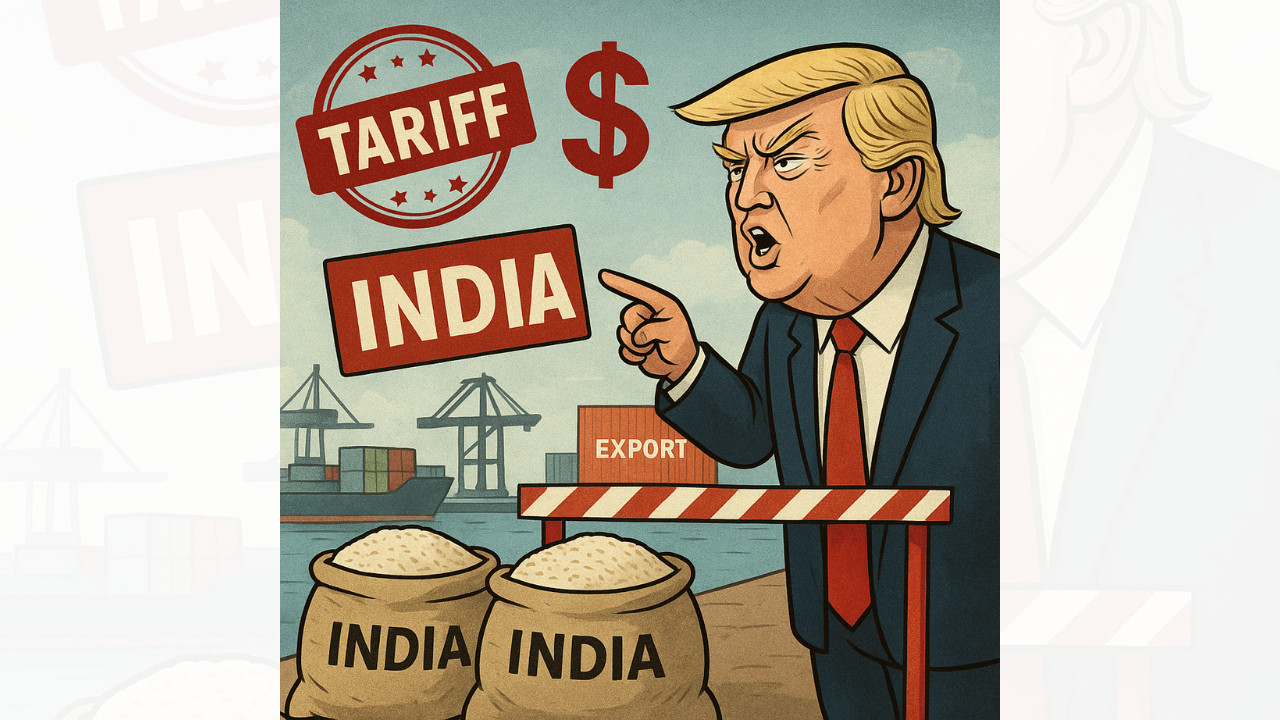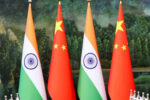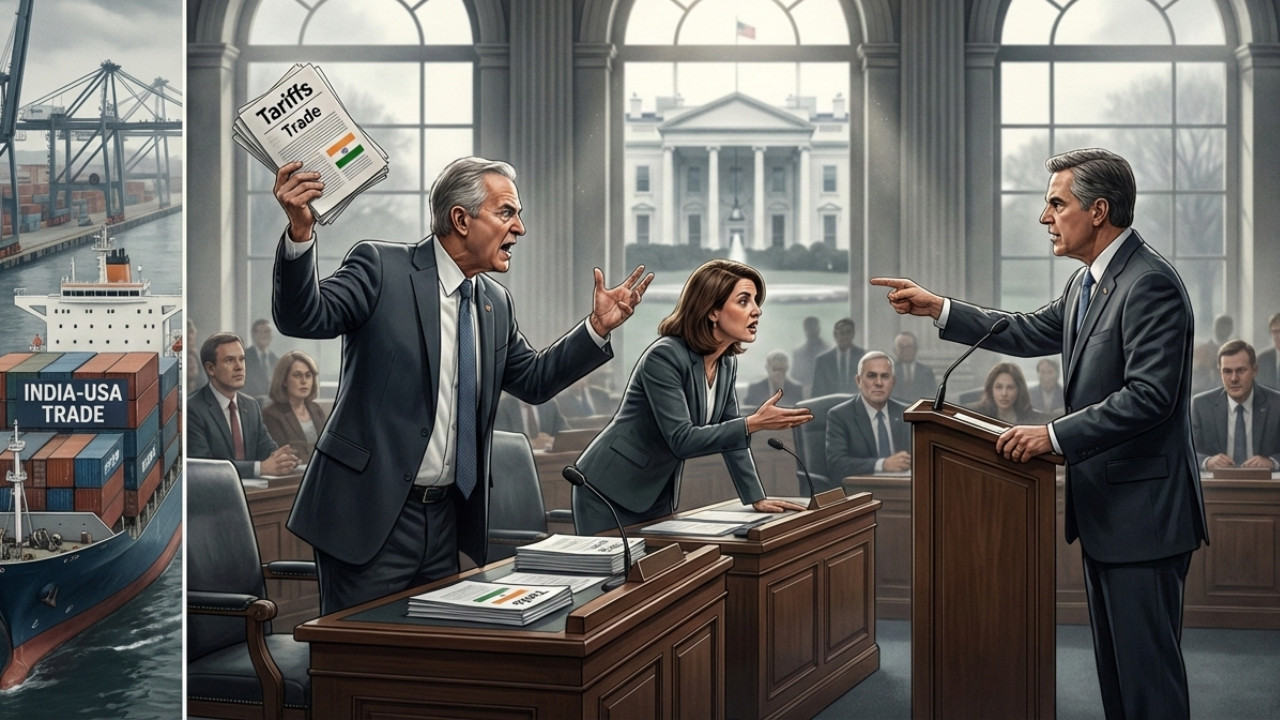Feeling the Pinch: What Trump’s Tariff Threat Means for Indian Exporters
Donald Trump’s recent proposal to slap a 50% tariff on goods imported into the United States has sent ripples of anxiety through global markets, and India is certainly feeling the tremors. The move, should it materialize, could significantly alter the landscape for Indian businesses that rely on exports to the US. It’s not just about the numbers; it’s about the potential disruption to carefully crafted supply chains and the future of trade relationships. But how deep will the cuts go?
Let’s delve into the potential impact, sector by sector. While a blanket 50% tariff across all imports is still hypothetical, understanding the areas of greatest vulnerability allows Indian businesses to prepare – and perhaps even strategize – for what might come.
Sectors in the Crosshairs: Where Will the Blow Land?
The immediate concern revolves around sectors with substantial export volumes to the US. Think about industries like pharmaceuticals. India has long been a major supplier of generic drugs to the American market. A 50% tariff hike could make Indian pharmaceuticals significantly less competitive, potentially diverting demand to other countries or even boosting domestic US production (precisely the outcome the tariff intends). This isn’t just about profits; it’s about access to affordable medicines.

The gems and jewelry sector is another potential casualty. India is renowned for its skilled artisans and competitive pricing in this area. A steep tariff could price Indian jewelers out of the American market, impacting employment and export earnings. This is a sector already navigating fluctuating gold prices and evolving consumer tastes; a 50% tariff adds another layer of complexity.
Textiles and apparel are also highly susceptible. While India has been striving to boost its textile exports, a hefty tariff would create a significant hurdle. US retailers might look to countries with lower tariffs, putting pressure on Indian manufacturers to absorb the cost or lose market share. This could mean job losses and reduced production in textile hubs across India.
Beyond these major sectors, a range of other industries could feel the pinch, including certain segments of engineering goods, agricultural products, and even some software services. The cascading effect of a widespread tariff hike is hard to predict with certainty, but the potential for economic disruption is considerable.
Why This Matters Beyond Big Business
It’s easy to think of tariffs as abstract economic policies, but they have very real consequences for individuals and communities. A slowdown in exports translates to reduced demand for goods and services, potentially leading to job losses in manufacturing and related industries. This ripples outwards, impacting household incomes and local economies.
Furthermore, the potential for retaliatory measures from India cannot be ignored. While India has generally adopted a cautious approach to trade disputes, a significant tariff hike from the US could prompt the government to consider countermeasures, further escalating trade tensions and impacting businesses on both sides.
Navigating the Uncertainty: What Can Be Done?
So, what can Indian businesses do to mitigate the potential impact of these tariffs? Diversification is key. Exploring new markets beyond the US can reduce dependence on a single export destination. Strengthening competitiveness through innovation and efficiency improvements is also crucial.
For further reading on similar challenges and strategies, consider exploring our article on [diversifying export markets in the face of global uncertainty](internal-link-to-relevant-article).
Businesses must also engage with government agencies and industry associations to advocate for policies that promote fair trade and address the concerns of exporters. Staying informed about the evolving trade landscape and seeking expert advice can help businesses navigate these uncertain times.
Looking Ahead: A Call for Dialogue and Strategic Planning
While the future remains uncertain, one thing is clear: the threat of substantial tariffs demands proactive planning and strategic adaptation. The hope is that diplomatic dialogue will prevail, and a mutually beneficial trade relationship can be maintained. However, Indian businesses must prepare for the possibility of a more challenging environment and take steps to safeguard their interests. The impact of Trump’s tariff threat on India’s export-driven economy hinges on the decisions made in the coming months.







